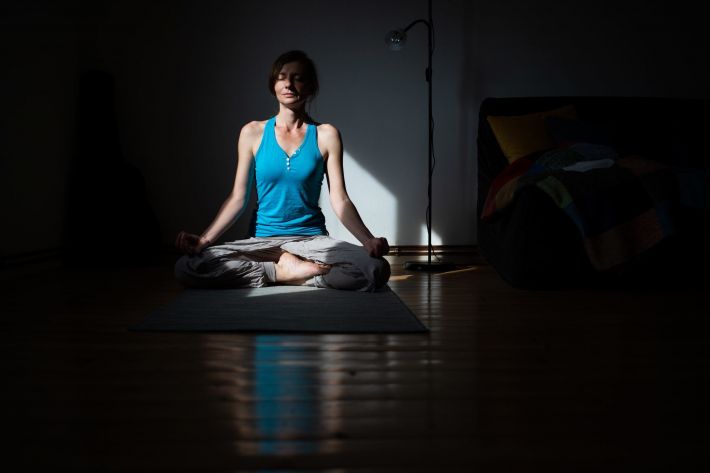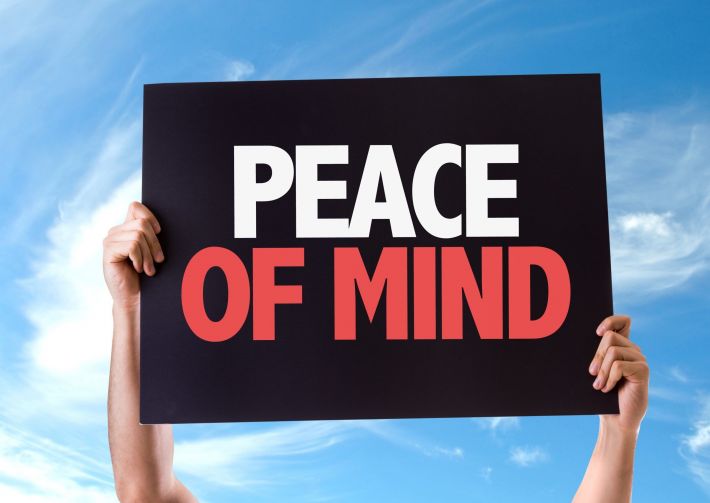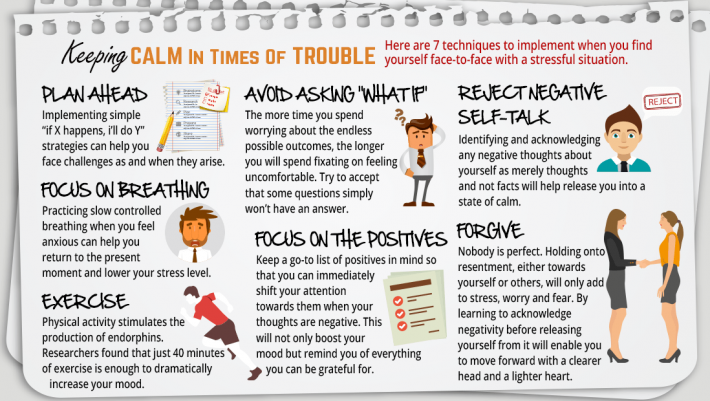- in Mindfulness by Tony
The art of breathing?

What does mindfulness mean to you?
Like many of us, we have heard about mindfulness. I knew that it implied paying attention, opening our awareness to what is happening now, in the present moment, and accepting it without judging or trying to control it.
Mindfulness is unquestionably linked to breathing, yet we all know how to breathe because it is a natural phenomenon, and you would think it doesn't need the practice anyway?
More...
Practising mindfulness by using your breath as the starting point and the focus not only opens your awareness to the present moment, which is what mindfulness is all about.
Instead of worrying about the future or dwelling on past actions, you are focused solely on remaining in the present moment. Whereby, reduce rumination (say goodbye to overthinking everything!).
Mindfulness originates from ""sati,"" a word in the ancient Indian language of Pali, which roughly translates to present-moment awareness.
Mindfulness is commonly integrated into yoga and tai chi practices, as well as meditations.

Breathing meditation
So what is mindful breathing? Being aware of your breathing means observing and opening your consciousness to your breath: to your breathing in, and you're breathing out, without controlling or judging it in any way.
Stay calm
How to break a bad habit
Many of us have forgotten how to breathe well. By adulthood, we've picked up some unhelpful breathing habits. A baby breathes deep into its belly in a slow and steady rhythm.
Stress can cause the body to go into a "fight or flight state", making us feel wired and ready for action. One of the physiological changes we see happen in this state is that our breathing rate increases.
Holding your stomach in, something lots of us do subconsciously, can also make your breathing shallow, rapid or irregular.

You probably already know that meditation is a practice in quieting your mind
Press rest
Breathing is an autonomic bodily function that we can also control. All breathing techniques involve a variation of three elements: inhaling, holding the breath, and exhaling. Depending on the desired effect, the pattern changes.
The 4-7-8 Method, used for deep relaxation, involves inhaling for a count of four, holding the breath for seven, and exhaling for eight.
Box Breathing, used for focus and stress control, entails breathing in for four, holding for four, breathing out for four, and holding for four.
Learn to breathe (well)
Over the past ten years, it has become increasingly aware of the importance of breathing well. Seeing more research conducted on this subject; in books and mobile apps, many of which also work with wearable technology, are increasing in popularity.
Time for change
Making a small change to how you breathe can generate significant results.
Here is a simple, quick and powerful practice to try:
1. Sit or stand with your back straight and place one hand on your belly.
2. Over a count of five, breathe in through your nose, letting the air travel to your navel.
3. Pause for a second.
4. Over another count of five, breathe out through your mouth.
Do this for five or 10 minutes and repeat daily.
Why not try working it into your routine?
You could do it before you leave the house for the day.
Mindfulness for Meditation and Anxiety
Short guided meditation.
- Please find a relaxed, comfortable position. You could be seated on a chair or the floor on a cushion. Try to keep your back upright but not too tight. Hands resting wherever they're comfortable. Tongue on the roof of your mouth or wherever it's comfortable.
- Notice and invite your body to relax. Let yourself relax and become curious about your body seated here—the sensations it experiences, the touch, the connection with the floor or the chair. Do your best to relax in any areas of tightness or tension and breathe.
- Tune in to the rhythm of your breath. You can feel the natural flow of breath—in, and out. You don't need to do anything to your breath. Not long, not short, but natural. Notice where you feel your breath in your body. It might be in your abdomen. It may be in your chest or throat or in your nostrils. See if you can feel the sensations of breath, one breath at a time. When one breath ends, the next breath begins. If you cannot notice the breath in all areas of the body, that is OK. We are more connected to some regions of the body than others at different times of the day.
- Now, as you do this, you might notice that your mind may start to wander. You may start thinking about other things. If this happens, it is not a problem. It'sit's very natural. Try to notice that your mind has wandered. You can say ""thinking"" or ""wandering"" in your head softly. And then gently redirect your attention right back to the breathing.
- Stay here for five to seven minutes. Notice your breath in silence. From time to time, you'll get lost in thought, then return to your breath.
- After a few minutes, once again notice your body, your whole body, seated here. Let yourself relax even more deeply, and then, if it is available, please offer yourself some appreciation for doing this practice today.
Reference: https://ggia.berkeley.edu/practice/mindful_breathing



